Bringing dinosaurs back from extinction sounds like something straight out of Jurassic Park, and for good reason.
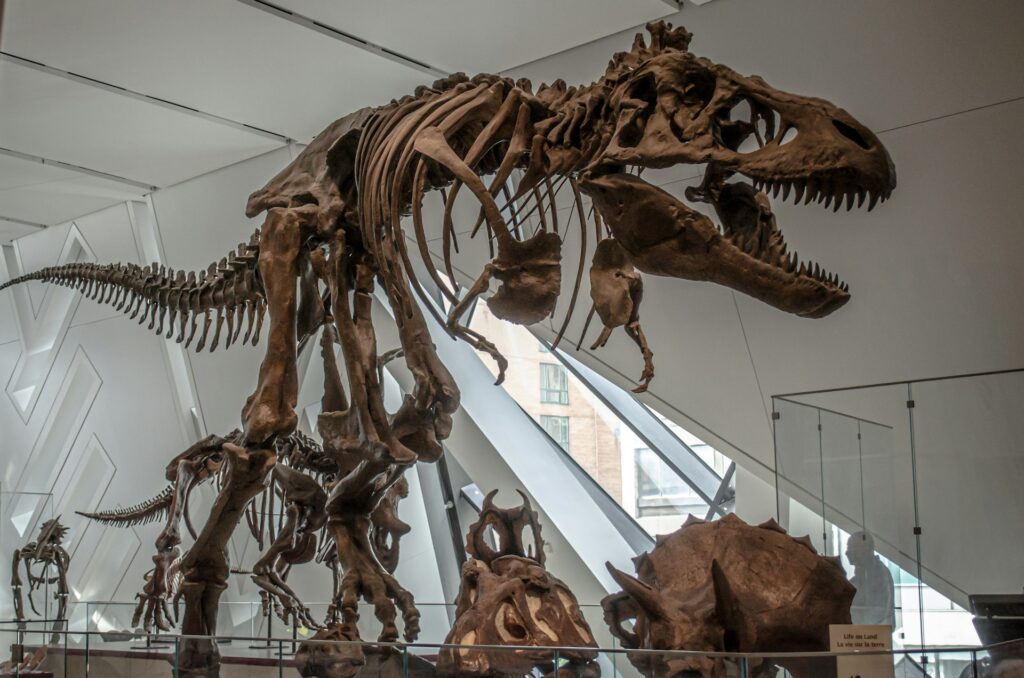
That film, despite being fiction, tapped into a real fascination: the idea that with enough science, we could undo the past. But in reality, resurrecting dinosaurs is more complicated—and far less cinematic—than simply extracting DNA from an old mosquito in amber. So, what would it actually take to bring dinosaurs back? Is it even possible? Here’s where the science stands—and where the fantasy begins to crack.
First things first: we’d need intact dinosaur DNA.

DNA is the blueprint for life, and you’d need it to clone or re-engineer a dinosaur. But here’s the problem: DNA doesn’t last forever. Under ideal conditions, it might stick around for a few hundred thousand years, according to studies. Dinosaurs went extinct about 66 million years ago. That means their DNA has broken down completely. Despite what films suggest, no one has ever found usable dinosaur DNA. Not in amber, not in fossils, not anywhere. Even the best-preserved bones haven’t yielded genetic material good enough to work with.
Even if we had the DNA, cloning wouldn’t be straightforward.

That’s how scientists cloned Dolly the sheep in the ’90s. They inserted DNA into an egg cell and implanted it into a surrogate. But here’s the catch: there’s no dinosaur equivalent of a surrogate mum, according to Smithsonian Magazine. Birds are the closest living relatives of dinosaurs, but they’re still miles apart biologically. Their eggs are smaller, their development timelines are different, and the process just wouldn’t match up.
Reverse engineering is the current best bet.

Some scientists have suggested we could work backwards from birds—modifying bird DNA to reactivate ancient traits that have been switched off over millions of years. For instance, giving chickens teeth, tails, or clawed fingers through gene editing. This is known as “de-extinction by proxy,” and it’s not quite the same as bringing dinosaurs back. You might get something dinosaur-like, but it wouldn’t be a true dinosaur. More like a Frankenstein mix of ancient and modern biology. Still fascinating, but not quite the same.
Fossil proteins offer clues, but not resurrection.

In recent years, scientists have found traces of proteins preserved in some dinosaur fossils, like collagen. This is exciting because it helps us understand how dinosaurs lived, evolved, and are related to modern species. But proteins aren’t DNA. They can’t be used to clone or recreate a species. That said, they are a window into the past. They tell us how dinosaurs might’ve metabolised energy, how their muscles worked, and how they compared to birds or reptiles today. So while it’s not the key to bringing them back, it is helping us understand them better.
The ethics would be a minefield.
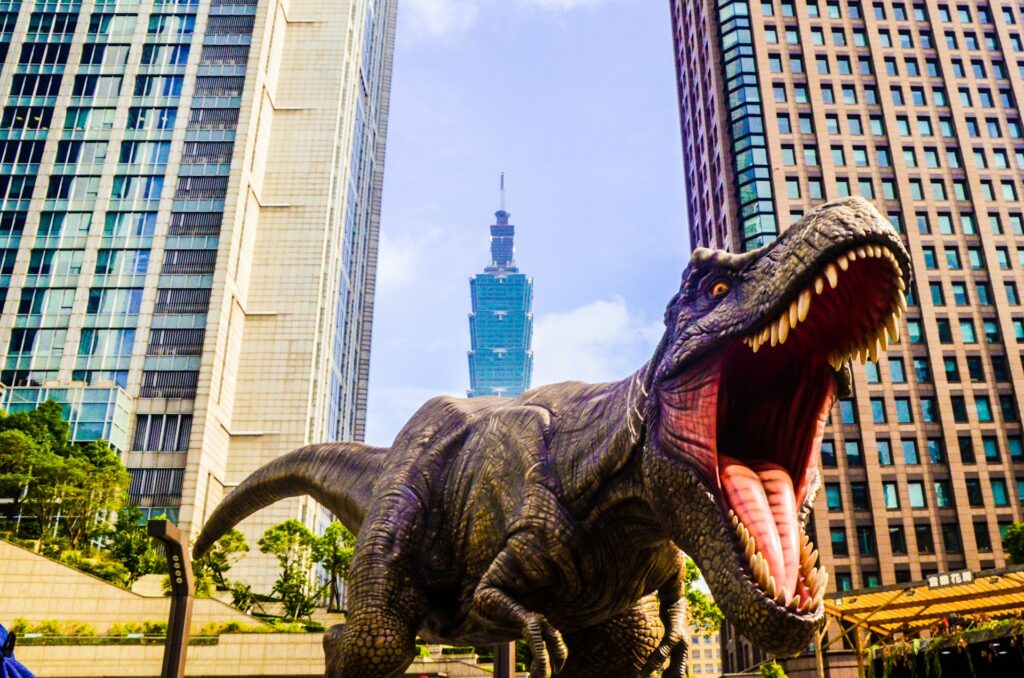
Even if we could technically recreate a dinosaur, should we? It’s not just a question of science—it’s a question of ethics. Where would we keep them? How would we ensure their welfare? What rights would they have? Would we be creating them purely for spectacle? Plus, ecosystems have changed dramatically since dinosaurs roamed the Earth. Bringing them back would mean introducing a massive predator or grazer into a world it no longer fits. It’s not just about building a paddock—it’s about considering the consequences.
There’s more attention on de-extinction of recent species.
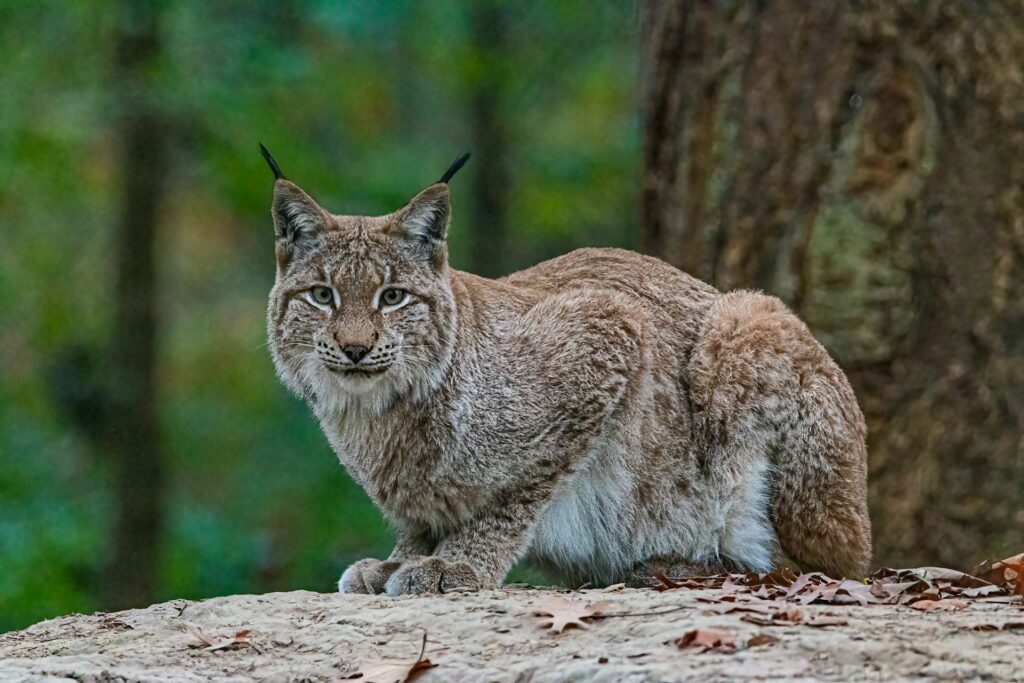
While dinosaurs are a long shot, scientists are making more progress with species that went extinct relatively recently, like the woolly mammoth or the passenger pigeon. Their DNA is far better preserved, and their closest living relatives still exist. For instance, researchers are working on splicing mammoth genes into the DNA of Asian elephants to create a hybrid that could survive in cold climates. It’s still experimental, but far more plausible than resurrecting a velociraptor.
Technology is advancing, but limitations remain.
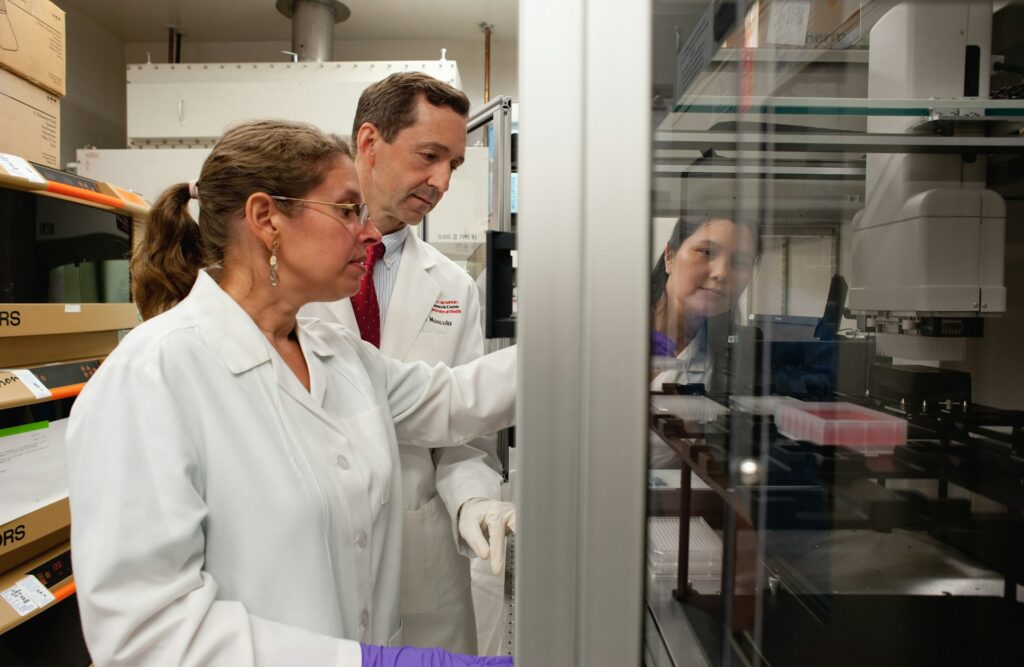
CRISPR gene editing, synthetic biology, and advanced cloning techniques have all expanded what’s theoretically possible. But we’re still limited by what we can know—and what we can recreate. Evolution isn’t a blueprint we can simply copy; it’s a messy, branching process with lots of unknowns. Even if we could make something that looks like a dinosaur, we’d have no real way of knowing if it behaves, thinks, or functions like one. We’d be guessing—and we’d be playing with lives in the process.
It might not be about the past—it might be about the future.

Instead of trying to bring extinct animals back, some scientists argue we should focus on preserving what’s here now. That includes protecting endangered species, restoring habitats, and preventing extinction in the first place. De-extinction is flashy, but conservation is essential. We already have incredible animals walking the planet—many of which are under threat. Maybe the lesson here isn’t how to bring the past to life, but how to stop the future from losing more of its wonders.
So, could we bring dinosaurs back?
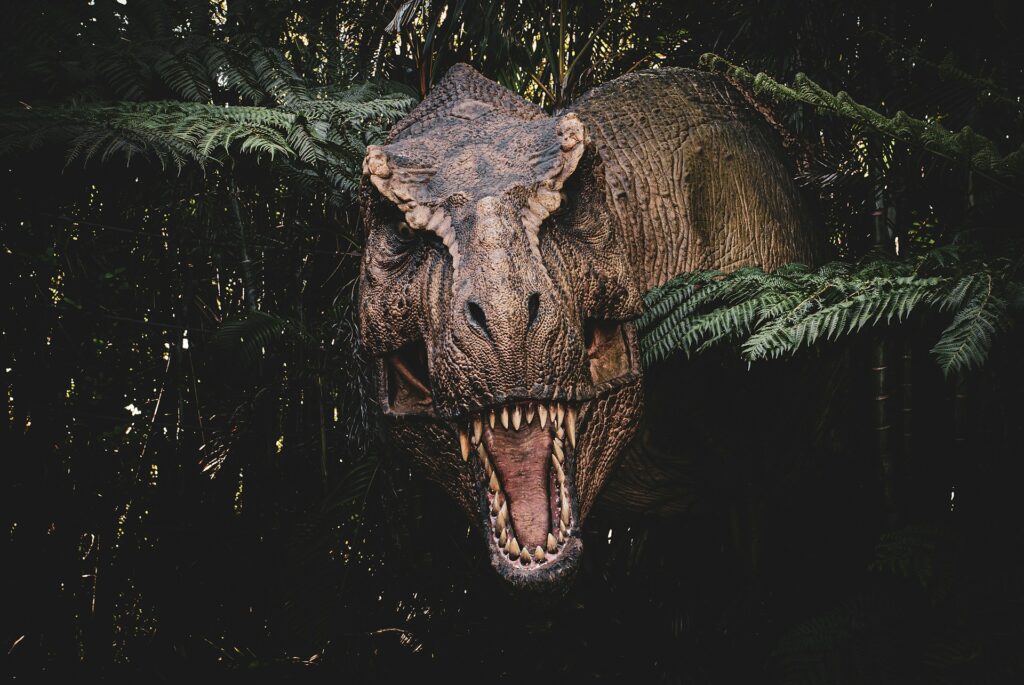
In short: not with the tools we have today. And probably not any time soon. The science just isn’t there. And even if it was, the challenges—ethical, ecological, and practical—are enormous. Of course, the dream of dinosaurs isn’t just about cloning. It’s about curiosity. It’s about understanding the past, pushing the boundaries of science, and asking questions that don’t have easy answers. In that sense, dinosaurs are still doing what they’ve always done—inspiring awe, sparking imagination, and reminding us just how much we still have to learn.